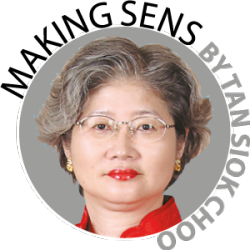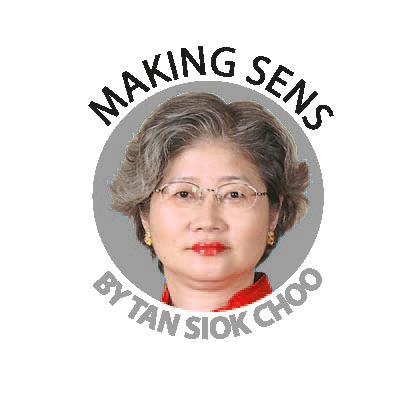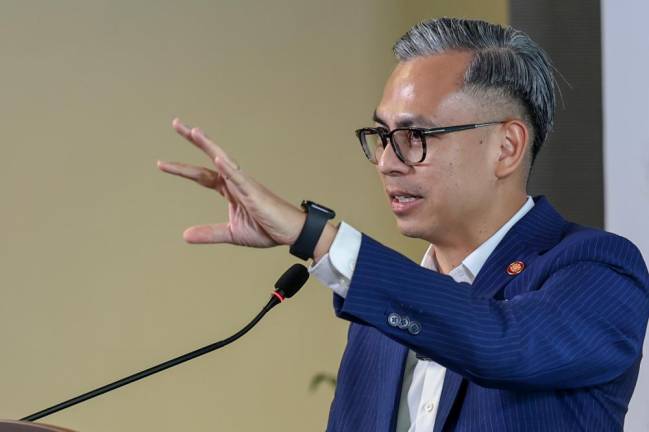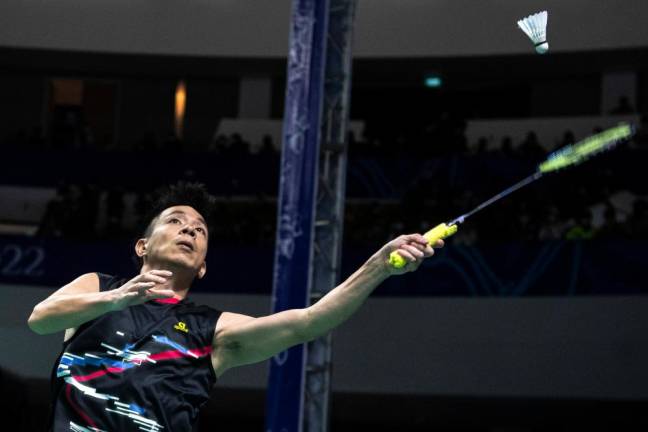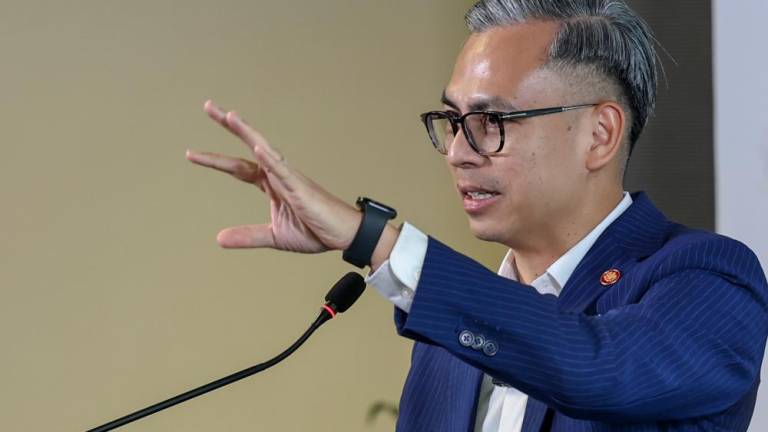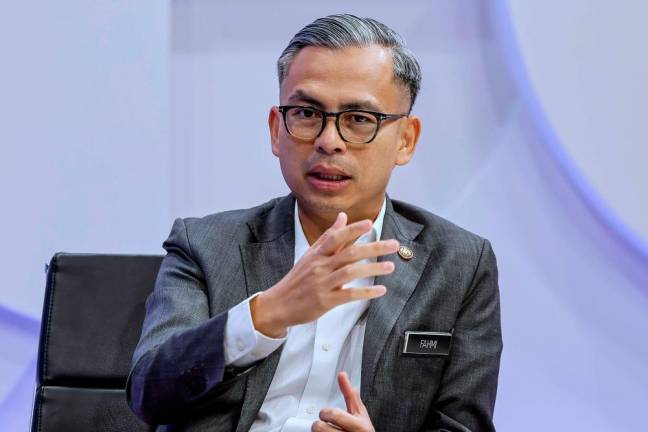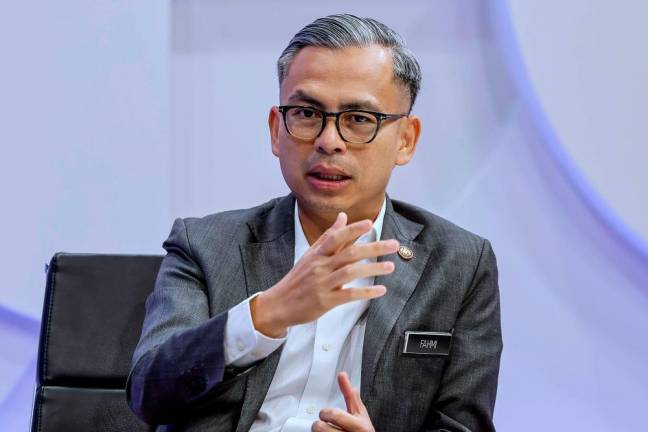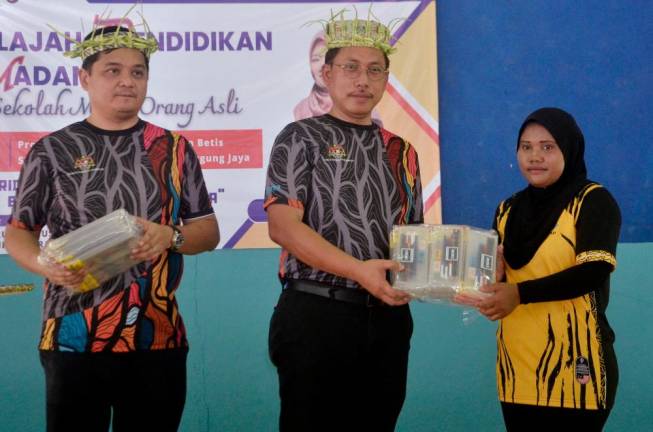THIS Saturday, 1.12 million voters in Sabah will cast their ballots to elect 73 state assemblymen. On Dec 9, Indonesians throughout the archipelago will choose nine provincial governors, 224 regents and 37 mayors. There are several differences in how the two countries conduct their regional elections.
First, like the US and UK, Indonesia enjoys fixed date elections. Setting the date for the regional elections is a collective decision determined in advance.
Because of the current Covid-19 pandemic, the central government in Jakarta and the House of Representatives agreed in April this year to defer the polling day for regional elections from Sept 23 to Dec 9.
In Malaysia, chief ministers and the prime minister have the right to decide when to dissolve state legislatures and Parliament.
In an article for The Institute for Government, Raphael Hogarth writes: “Research has found that, on average, a prime minister gets a vote share bonus of 6% in the UK when they pick the election date, doubling the chances that they stay in office.”
Second, Indonesians cast their ballots to elect directly their president, vice-president, governors, regents and mayors.
In contrast, Malaysians vote for state assemblymen and members of Parliament.
Political parties decide who will become prime minister.
Although elected as state assemblymen, mentris besar are appointed by the premier while mayors are also appointees.
Direct elections are arguably more costly but this system has the dual advantage of allowing voters to choose their leaders and offering a wider pool of contenders.
Joko Widodo, better known as Jokowi, reached the pinnacle of politics in Indonesia even though he is a political outsider. He was successively elected mayor of Solo, governor of Jakarta and then president of Indonesia – a trajectory several politicians are now treading.
Sabah’s elections offer a piquant uncertainty. An unprecedented 447 individuals – including 56 independents – are contending for 73 state seats.
Third, campaigning for Indonesia’s regional polls stretches for 71 days beginning Sept 26 while contestants in Sabah are given 14 days to persuade voters to elect them.
Fourth, since 2014, the General Election Commission – known by its Indonesian acronym KPU – has implemented initiatives to boost transparency in vote counting. KPU scans the result sheet (known as C1 forms) from all polling stations and uploads them onto its website for public viewing.
Additionally, KPU tabulates and publishes informal preliminary results from all polling stations. Both initiatives ensure speedy dissemination of the outcome.
Fifth, one major issue in Sabah’s election – sharing of oil and gas revenues between Putrajaya and the state – is no longer an issue in Indonesia, even in Aceh.
Since 2004, Jakarta shares revenue from natural resources – oil, gas, forestry, mining, geothermal and fisheries – with provincial and local governments. Under the gross split production sharing contracts for oil, the contractor isn’t reimbursed for operating costs but receives a bigger share – 43% – while the government’s portion is 57%. Except for Aceh and Papua, 84.5% of net oil revenues are given to Jakarta and 15.5% to all provinces.
To end sectarian unrest in Aceh, the Helsinki Memorandum of Understanding was signed in 2005. One year later, the Law on Government of Aceh was passed giving the province the right to retain 70% of revenue from oil and gas and other natural resources. Oil and gas is jointly managed by Jakarta and Aceh and audited by independent auditors.
I am not a Sabahan. As an interested observer, my fervent hope is voters will choose candidates who show utmost respect for women, are well-educated and have observed the words “In God We Trust” that are printed on all US currency, a legal requirement since 1864.
Opinions expressed in this article are the personal views of the writer and should not be attributed to any organisation she is connected with. She can be contacted at siokchoo@thesundaily.com



